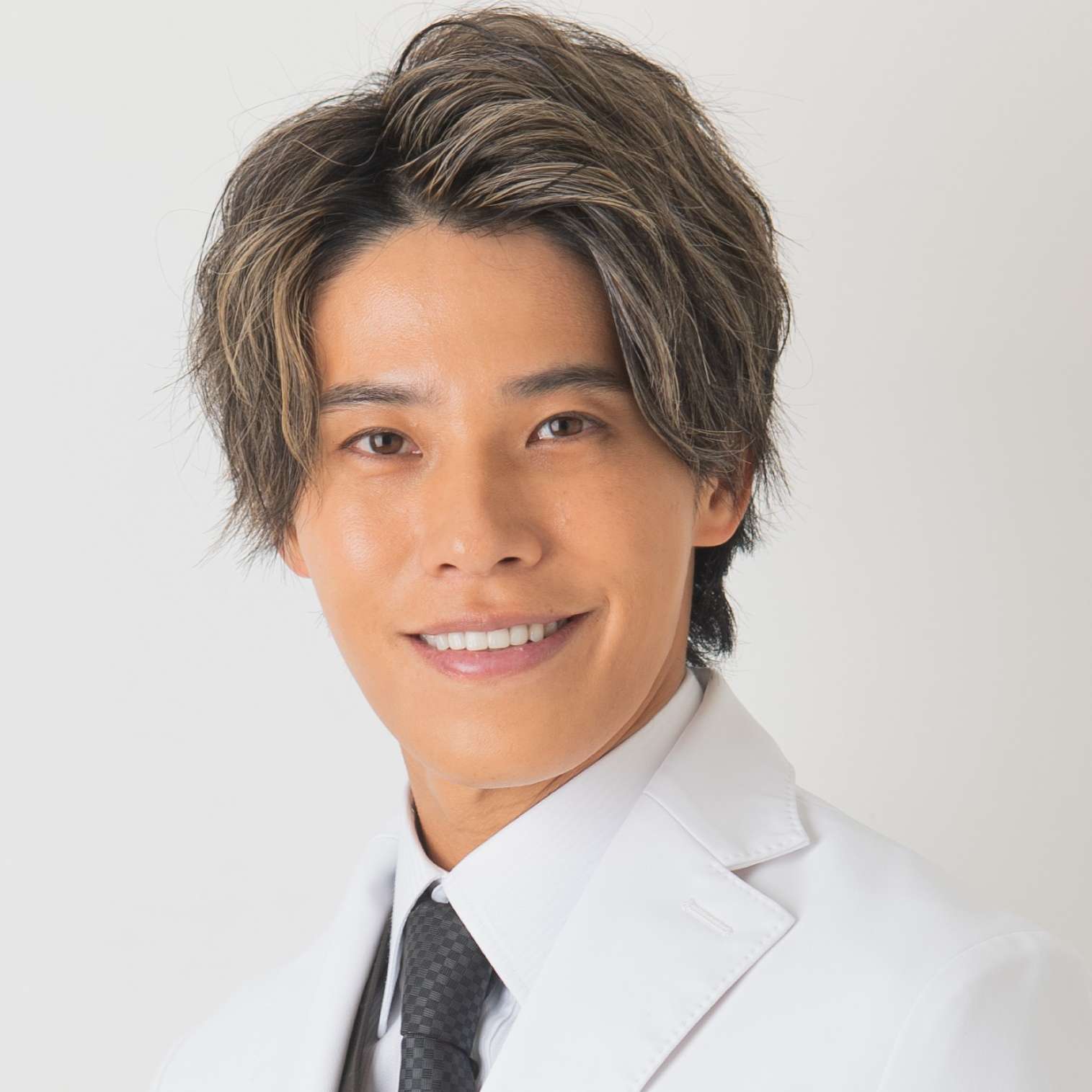Objectives: - Understand the modifications introduced in the extended deep plane facelift technique, including endoscopic-assisted canthal and midface dissection, release of lateral canthal retinacular attachments, and minimally invasive canthal resuspension to the superior orbital rim.
- Evaluate the outcomes and advantages of the extended deep plane facelift with endoscopic midface and canthal dissection/resuspension in comparison to traditional SMAS rhytidectomy techniques, with a focus on mitigating complications such as ectropion and lower eyelid malposition.
Introduction: SMAS rhytidectomy techniques encounter challenges in midface rejuvenation. Hamra's 1989 deep plane approach addressed this but yielded a "disharmonious facial appearance." Despite the composite facelift's attempt to restore balance, complications and prolonged recovery persisted. This presentation unveils modifications to the compositie technique, utilizing endoscopic midface and canthal dissection to optimize outcomes while mitigating post-operative challenges, bringing the technique closer to achieving harmonious and enduring facial rejuvenation.
Materials / method: To address the complication concerns of the composite rhytidectomy, the authors’ modifications to the technique include; 1) endoscopic assisted canthal and midface dissection via a temporal or upper blepharoplasty approach in a subobicularis/supraperiosteal plane, 2) release of the lateral canthal retinacular attachments to the lateral orbital rim, and 3) minimally invasive canthal resuspension to the superior orbital rim. These techniques are often performed in conjunction with an endoscopic browlift and transconjunctival lower blepharoplasty without orbiculotomy.
Results: This presentation illustrates results from a series of patients who have undergone the extended deep plane facelift with endoscopic assisted midface/canthal dissection and resuspension. To illustrate the technique, animations and live surgical videos will be utilized.
Conclusion: The extended deep plane facelift with endoscopic midface and canthal dissection/resuspension delivers the benefits of the composite technique whilst reducing risk of ectropion and lower eyelid malposition. As this technique does not require an orbiculotomy, there is less risk of lower eyelid complications through orbicularis denervation.
Divulgação de informações
Você recebeu algum patrocínio para sua pesquisa neste tema?
Não
Você recebeu algum tipo de honorário, pagamento ou outra forma de compensação por seu trabalho neste estudo?
Não
Você possui relação financeira com alguma entidade que possa competir com os medicamentos, materiais ou instrumentos abordados no seu estudo?
Não
Você detém ou pediu a registro de patente para algum dos instrumentos, medicamentos ou materiais abordados no seu estudo?
Não
Este trabalho não recebeu nenhum patrocínio direto ou indireto. O mesmo está sob a própria responsabilidade do seu autor.










